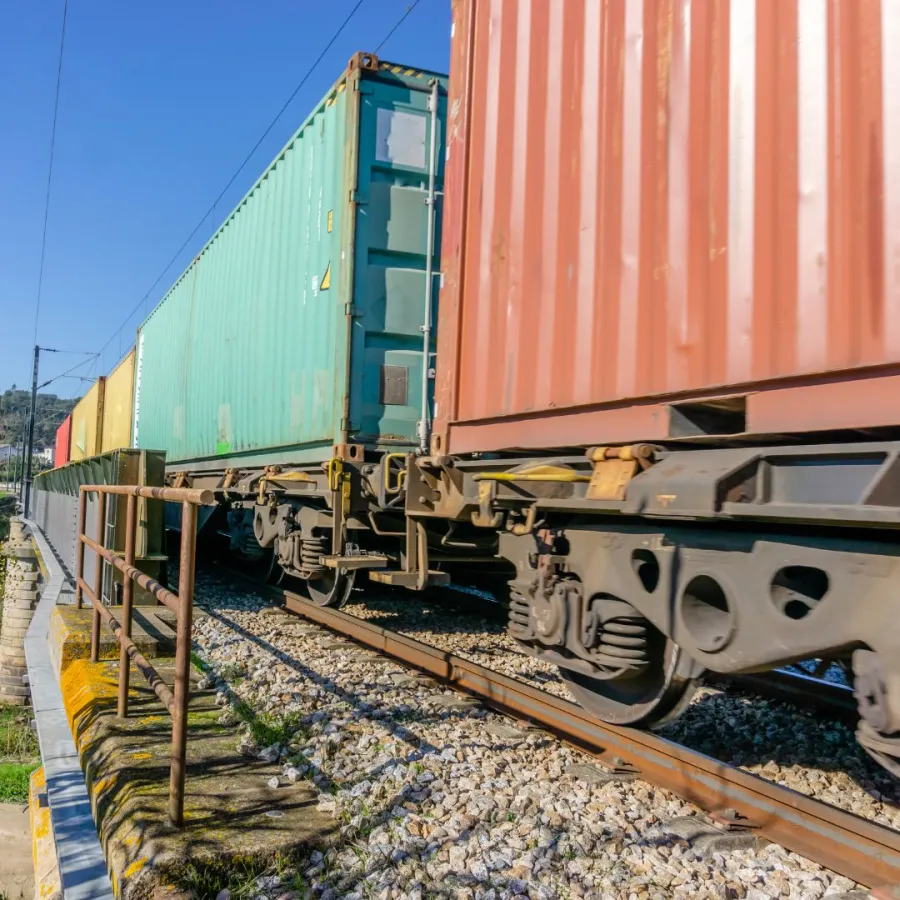How National Freight Rail Workers’ Negotiations Will Impact Rail Workers in Maine

As unionized freight rail workers across the country consider a new compromise contract drawn up by an emergency mediation board appointed by President Joe Biden, a new survey finds that 96 percent of rail workers want to strike after Sept. 16 — the earliest day they are allowed to do so by federal law. 93 percent said they opposed the new compromise contract proposal put forward by the federal mediator.
“People are pretty furious,” Railroad Workers United secretary Ron Kaminkow, who conducted the survey, told Vice News.
The National Carriers’ Conference Committee — made up of more than 30 railroads (including Florida-based CSX, which recently purchased Pan Am freight rails in Maine) — and a coalition of thirteen class 1 freight railroad unions, representing nearly 125,000 workers, have been unable to reach an agreement since negotiations began 2020. Railroad labor disputes fall under the 1926 Railway Labor Act, which empowers the President and Congress to step in to avert strikes and lock-outs if no contract agreement is reached between the two parties.
Last spring, unions declared an impasse in negotiations and sought national mediation. President Joe Biden then established the Presidential Emergency Board, a three-member panel charged with coming up with a compromise. The proposal it released last month basically split down the middle of the two parties’ offers. So far only three of the thirteen unions in the coalition have reached tentative agreements with the rail companies. Sheet Metal Air Rail And Transportation (SMART) Transportation Division President Jeremy R. Ferguson was not impressed with the proposal, writing in a statement:
“While it is a slight comfort knowing that these results are still better than those the carriers previously proposed and what likely would have been obtained under the previous administration, it does little to alleviate the division between the hedge fund managers, shareholders, and railroad officers—those who have obtained record profits, bonuses, stock buybacks and lower operating ratios all the while sitting in their climate-controlled, sanitized corporate offices—while the working people, their employees, our members, fellow brothers and sisters are on call 24/7/365, working safely, loyally, moving America’s freight and citizens.”
In a joint Labor Day statement, Ferguson and Brotherhood of Locomotive Engineers and Trainmen President Dennis Pierce also blasted the rail companies for relying on the government to settle the contract as Congress could have the final say in what's in the final contract.
“The same rail carriers that complain about government intervention when the Federal Railroad Administration proposes a rulemaking on crew size, and also shudder at the thought of the Surface Transportation Board issuing regulations that would help shippers, now all but hide behind Congress, refusing so far to negotiate terms our members would accept and ratify,” wrote Ferguson and Pierce. “While there are no guarantees for either side as to what Congress might do if they are involved, there is no doubt that the rail carriers expect Congress to intervene to save them from dealing fairly with their employees if there is a job action…”
Wages, health and working conditions are the top priority for the railway unions. The workers are particularly fed up with the rail companies sacrificing safety in order to bleed more profits out of their workers as they report record earnings and profits. Railway workers are increasingly being forced to to go to work exhausted, sick, and stressed out due to new strict attendance policies and are being told to do more with less to make up for cost cutting measures. Union members also complain that the railroad companies' one-person train crew policy is sacrificing safety and worsening service.
IAM Rail Division is one of the three unions that reached a tentative agreement, which the union said would provide a 24 percent compounded general wage increase over five years if members ratify it.
“We stood together and pushed back against work rule changes that would have affected every rail union member. Our solidarity has resulted in a truly historic victory for IAM Rail Division members and every rail worker,” wrote Josh Hartford, IAM Special Assistant to the International President, who is a member of the Waterville-based IAM Local 318 and former President of the Central Maine Labor Council, in a letter to members last week.
But although freight railway workers in Maine will ultimately fall under the national agreement, they’re not involved in national bargaining because they’re still covered by their old Pan Am contract that was locally negotiated with unions in the New England. And even if there was a strike, it would likely be stopped by a court injunction, says Jason Worcester, former General Chairman of the United General Committee of the Brotherhood of Railroad Signalmen (BRS).
“The reality is that most people would not notice a strike even if there was one,” explained Worcester, who works on the CSX freight lines in Maine. “There won’t be picket signs or newspaper articles. It will hit the news that there was or there could have been a strike, but nothing will be shut down. The government and the railroads will not allow it to be shut down.”
